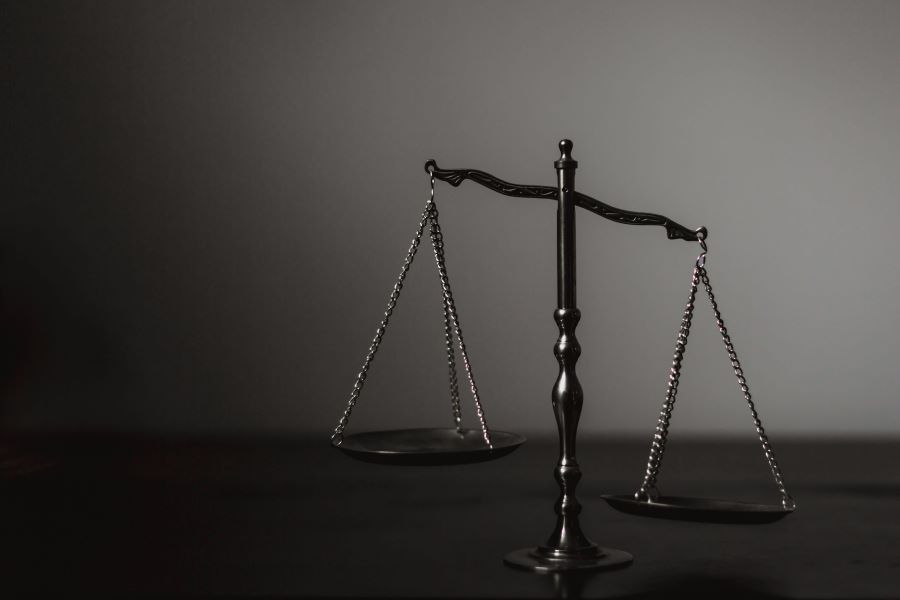Trade Cases

Leibowitz on Trade: Update on Brazil and Mexico Steel
Written by Lewis Leibowitz
September 1, 2020
Trade attorney and Steel Market Update contributor Lewis Leibowitz offers the following update on events in Washington:
A number of readers have asked for particulars on the recent actions on steel trade between the United States, Brazil and Mexico. The numbers are available in some detail now. I will try to explain these for the benefit of buyers and sellers of steel.
Brazil
Last Friday, the president issued a proclamation (Proclamation 10064) modifying the Brazilian steel quotas. However, the Annex to the proclamation that laid out the actual quantities was not available until Sept. 1. The changes in the Brazilian quota only affect certain semifinished steel, covered by a special tariff category (9903.80.57, HTSUS). This category covers carbon (non-alloy) and alloy steel blooms, billets and slabs.
First, the numbers. In 2018, the quota for the semifinished category (9903.80.57) from Brazil was set at approximately 3.5 million metric tons. The new proclamation reduces the quota for the entire year 2020 to 3.155 million metric tons, a cut of about 10 percent. However, the year is mostly over, and about 3.1 million metric tons of semifinished product has already come in from Brazil. Thus, the quota for the remainder of the year (Aug. 28 through Dec. 31) is limited to about 60,000 metric tons. This was confirmed by a statement from the USTR’s office over the weekend. None of the other 54 categories of steel was covered by Friday’s action on Brazil.
Second, the reasons. The coronavirus pandemic has, as everyone knows, caused havoc in the global economy, including the United States. Before the pandemic, most reports estimated that the steel industry was at or near the 80 percent capacity utilization the Secretary of Commerce considered necessary for long-term sustainable steel production. Friday’s proclamation cited the lower capacity utilization as the reason for this action. However, as noted, Brazilian imports of other steel products are substantial and also compete with domestic production. Semifinished steel is used to make advanced steel products and downstream fabricated and manufactured products.
Third, the exceptions. The proclamation has an interesting exclusion process. If a U.S. company certifies in a sworn statement (both the CEO and the chief legal officer of the company requesting relief) that the reduction in semifinished steel from Brazil would “significantly disrupt … production activity in the United States,” the tonnage necessary to supply that company pursuant to a written agreement would be permitted in the country, even if the imports would cause the smaller quota to be exceeded. The language of the proclamation suggests that the Secretary is required to grant relief (by notifying U.S. Customs of the permitted tonnage). However, there is a quantitative limit to the exemptions—60,000 metric tons. There seems to be no discretion for the Secretary to deny relief except the overall tonnage limit; thus, this procedure differs significantly from the steel exclusion process that so much has been written about.
Fourth, the future. In December, officials from the U.S. and Brazil will meet to discuss possible revisions to the quotas in 2021. There are no predictions about any future revisions.
Mexico
Also on Friday, the Ministry of Economy of Mexico announced a new export licensing regime for certain steel products. The stated purpose of the rule is to allow the Mexican government to monitor exports of certain steel to the United States to assure that products exported from Mexico to the U.S. are actually produced in Mexico and not transshipped. The export licenses are limited to semifinished steel and pipe and tube products, at least for the present.
The USTR issued a statement over the weekend praising the Mexican move. It has been widely and credibly reported that Mexico faced potential reimposition of steel tariffs if they did not take steps to show that they were serious about preventing transshipment of steel through Mexico. The failure of Canada to address such transshipment in aluminum may have prompted the reimposition of aluminum tariffs last month against Canada.
Rationale and Outlook
The rationale behind these moves respecting Brazil and Mexico is, of course, broader than the specific products concerned. Without speculating about the motives for these moves, on the U.S. side they are clearly a statement that the administration does not want to lose momentum during the pandemic, which has cost the economy so much. The president is also looking to assert his claimed authority to modify tariffs and quotas under Section 232 at will. In fact, the proclamation cited a new trade statute as support for this authority, which is (as expected) under challenge in court.
The Mexican export license scheme is not likely to affect the market much in the near term. The U.S. has had a licensing system for years that provides rapid notice of likely trends in imports without restricting the market. But it may be a harbinger of things to come.
For the Brazilian quota, the near-term impact on purchasers of imported semifinished steel could be dramatic, to say the least. Imagine a company with 20,000 tons of slabs from Brazil already on the water. The beefed-up hardship exception is designed to address that, but it is limited to 60,000 metric tons, an amount roughly equal to the fourth quarter quota of semifinished steel from Brazil. One wonders why a company committed to purchase Brazilian slabs in the fourth quarter will have to do without just because the quota can only increase 60,000 metric tons, even if the lack of steel would cause disastrous shortages, especially in the south and west of the U.S.
These actions may be trial balloons. It will come as no surprise to this observer if more actions of this sort are proclaimed, especially between now and Nov. 3.
The Law Office of Lewis E. Leibowitz
1400 16th Street, N.W.
Suite 350
Washington, D.C. 20036
Phone: (202) 776-1142
Fax: (202) 861-2924
Cell: (202) 250-1551

Lewis Leibowitz
Read more from Lewis LeibowitzLatest in Trade Cases

Industry piles on new Section 232 steel derivative inclusion requests
The Department of Commerce received 97 submissions from producers, manufacturers, and groups seeking Section 232 tariff coverage for steel and aluminum derivative products.

Price on Trade: New EU steel tariffs don’t mean the US should weaken its stance
Any steel imports into the EU that exceed the new, lower quota level would be subject to a 50% tariff, which represents a major increase from the EU’s current 25% out-of-quota tariff. This move would largely align the EU’s steel tariff rate with Canada and the United States.

Global steel forum sets 2026 framework deadline as US ups pressure on excess capacity
Global steelmakers sounded the alarm Friday over the deepening excess steelmaking capacity crisis. Ministers at the Global Forum on Steel Excess Capacity (GFSEC) in Gqeberha, South Africa, pledged to...

CRU: China’s indirect steel exports find new destination markets
The boom in China’s direct steel exports has not stopped this year, even with a rise in protectionist measures globally. The increase is driven by...

U.S. Steel sues Algoma over iron pellet shipments
U.S. Steel is suing Algoma over the Canadian flat-rolled producer's rejection of iron pellet shipments, arguing it has breached its contract.
